What’s Crackin? Ten Ways to Cook an Egg
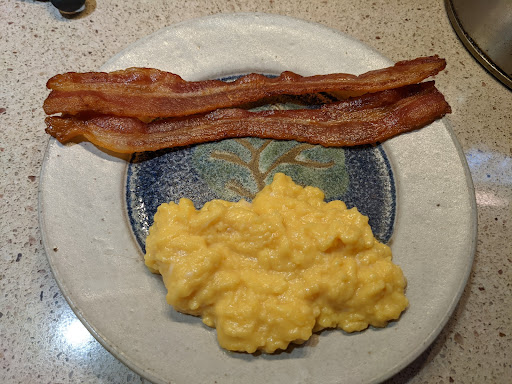
All photos courtesy of Adam Pohl
Finished soft scrambled eggs with bacon
January 20, 2022
There might be no food more versatile than eggs. As an ingredient, they hold together sweet cakes, savory casseroles, and everything in between. The pasta you’re served and the meatballs sitting atop it both contain eggs. Custards, souffles, meringues, and the mayonnaise on your sandwich simply couldn’t exist without them. And as the main course, there’s no shortage of options. Here, I present ten ways to cook an egg.
Before you drop the eggs into your pan, however, you need to grease your skillet. A dollop of oil will do the trick, but a pat of butter is a better option. Not only will your fried or scrambled eggs be more delicious cooked in butter, but the milk solids in the butter will help prevent the eggs from becoming dense or rubbery. However, even better than oil or butter is bacon fat, if you have it available. You can cook bacon, then use the same skillet to cook your eggs, or you can save the fat that renders off your bacon to use at a later time. (It won’t spoil in the fridge.) Either way, this is an easy way to infuse your eggs with delicious bacony flavor.

Take a Gamble on a Scramble
No matter how you choose to scramble your eggs, there is one important step in common. To achieve the lightest eggs possible, whisk the eggs until the surface becomes bubbly and foamy. This will make your eggs light and fluffy.
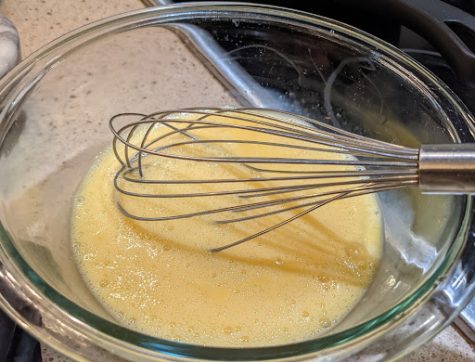
The dish that you probably think of as “scrambled eggs” is more accurately described as “hard scrambled.” With large, drier curds, it is the direct heat from the pan that causes the egg to curdle. This dish is popular for a reason — it’s really easy, and really fast. After greasing your pan, add your beaten eggs on medium heat and fold them over with a spatula until done. It’s really that simple.
Personally, hard scrambled eggs seasoned with only salt and pepper are too dry for me, so I like to eat them with hot sauce. Picamas red sauce is my favorite, as it is mild enough to avoid overpowering the eggs while having a great flavor and thicker texture, almost like ketchup.
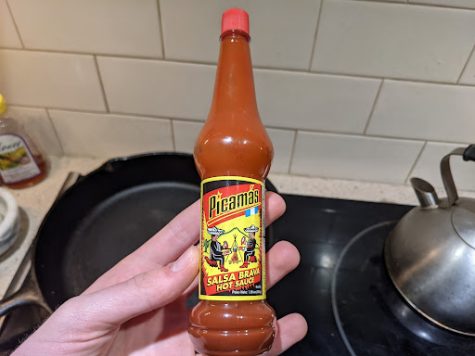
With a bit more time and patience, however, you can make hard scrambled’s delicious counterpart: soft scrambled eggs. It seems counterintuitive that softer and wetter eggs would take longer, but it has everything to do with the cooking method. While hard scrambled eggs are cooked by the direct heat from the pan, soft scrambled eggs are made because of the egg itself slowly heating up. To achieve this, your burner should be on low heat. If you hear a sizzle when you add the eggs to the pan, you’ve done something wrong. After adding the eggs, stir them continuously until they thicken and form a smooth, custardy texture. It might take a few minutes, but the result is well worth it.
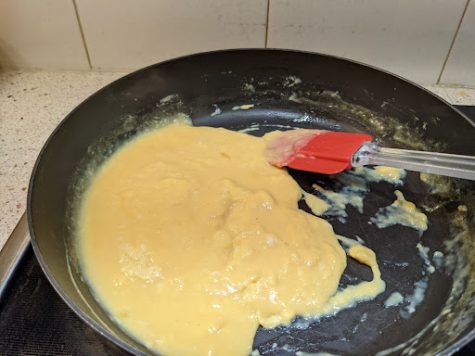
An omelet is a fantastic way to make your scrambled eggs more filling, by, well, filling them. The egg itself is hard scrambled, as it firms up due to the direct heat of the pan, but your technique will be different. You don’t want to break the cooked bottom layer of egg, as your filling will escape later on. Use a spatula to lift the cooked bottom layer off the sides of the pan, and to help the uncooked egg run underneath and cook. This will maintain the omelet’s structural integrity while allowing for an even cook. When the egg is mostly cooked through, but is still a bit wet on the top layer, add cheese and any other toppings across the surface of the egg, then fold it over and serve. Because this fold traps heat in the omelet, the last bit of wet egg will continue heating up and finish cooking on your plate. (If you wait until the egg is cooked all the way through to add the fillings, this may cause the eggs to overcook and become rubbery.)
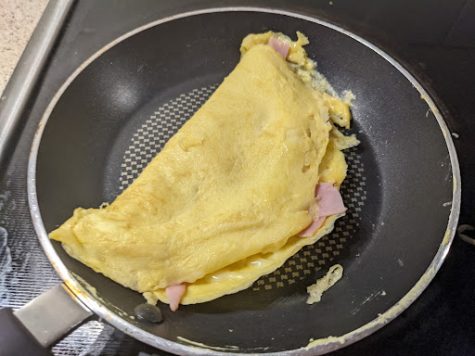
Fried with Pride
Fried eggs are the easiest to make in theory, but also the easiest to mess up. The simplicity of fried eggs leaves room for other ingredients to shine through, so this is where bacon fat will really shine when compared to oil or butter.
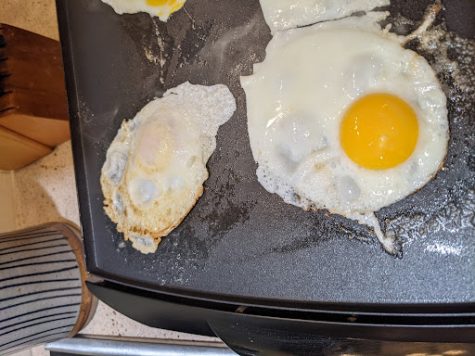
Fried eggs cook best on medium heat. For sunny side up, cover your skillet after adding the eggs, and cook for two to two and a half minutes. Covering your pan will trap heat and ensure that you don’t end up with any runny white.
For over easy, cook uncovered until the white is set but not hard. Then comes the flip. To be honest, this just takes practice to get good at. I still break the yolk during the flip reasonably often. After a short amount of time, just fifteen seconds or so, remove the eggs from the pan and serve. Fried eggs are all about the runny yolk, so grits or toast is a necessary addition to your meal.
By simply letting the egg cook for a bit longer, (thirty seconds or so,) you can have them over medium, which will still feature a gooey, albeit not as runny yolk, and will further ensure that there is no chance of an undercooked white. You can also cook eggs over hard, but…you shouldn’t. By definition, that will get rid of the runny yolk, and then what’s the point?
In the Pot, Water’s Hot
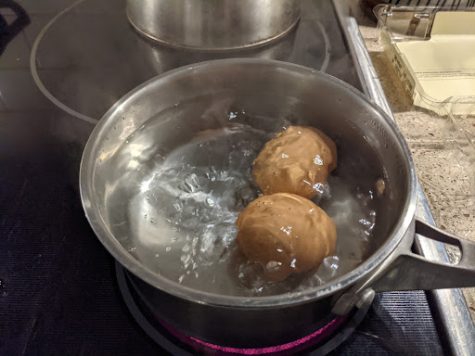
Boiled eggs are also a solid option. Hard boiled eggs are able to last in the fridge, unlike most other methods of cooking. However, for immediate consumption, soft boiled is a better option, as you can have a solidly cooked yet still tender egg white, with a still gooey yolk. The same method is used for both, although hard boiled eggs should cook for twelve minutes, and soft boiled for a little over half that. Bring a pot of water to a gentle boil, then lower in the eggs with a slotted spoon to avoid cracking. After the desired cook time, remove the eggs from the heat and plunge them into cold water. For hard boiled eggs, leave them in the ice bath for at least three minutes, but for soft boiled, a brief swim will do the trick before immediately peeling and serving.
Poached eggs are great for serving on toast. First, crack the egg into a small bowl, as cracking an egg directly into hot water leaves a lot of room for error. Add a splash of vinegar to the pot of water, as that will help the whites stay together. Bring the water to a boil, then lower it to a simmer before adding the egg. After two to three minutes, fish the egg out with a slotted spoon and serve. Poached eggs are wonderfully tender with a runny yolk, although they won’t get crispy around the edges like fried eggs.
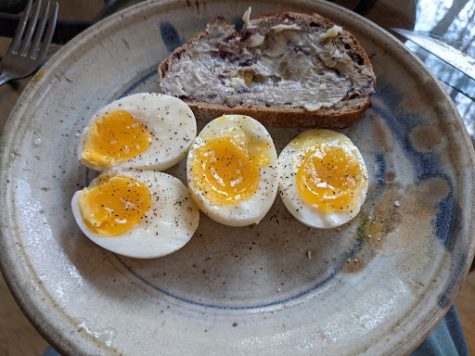
All things considered, it really just comes down to your personal preference. There really is something for everyone (unless you have an allergy of course.) So even if you don’t think you like eggs, maybe try them cooked a different way. After all, here are ten to choose from.











E. Avett • Jan 20, 2022 at 11:48 am
Good information! Every kitchen needs a copy of this!